Looking for the cheapest shipping agent from China to USA? We provide importers with affordable freight forwarding solutions that balance cost, speed, and reliability. Whether you choose sea freight for bulk shipments or air freight for urgent cargo, our team ensures smooth customs clearance, transparent pricing, and timely delivery. With years of experience handling electronics, textiles, machinery, and consumer goods, we help businesses reduce logistics expenses without compromising safety. From port-to-port to door-to-door service, our dedicated support team tracks every step of your shipment, giving you peace of mind. Partner with us today and enjoy competitive shipping rates, faster transit options, and hassle-free logistics tailored to your needs.

Sea Freight from China to USA – Low Cost Guaranteed offers affordable container shipping with flexible FCL and LCL options. Competitive rates, reliable transit schedules, and full customs support ensure smooth delivery. With professional handling and transparent pricing, businesses can ship confidently while saving on logistics expenses.

Air freight from China to the USA delivers speed and reliability for time-sensitive cargo. With tailored airline choices, flexible scheduling, and competitive pricing, shipments move faster without exceeding your budget. Top China Forwarder ensures safe handling, efficient customs clearance, and optimized delivery routes to give your business both savings and certainty.

Door-to-door shipping from China to the USA offers a seamless and cost-effective solution for importers. Every stage of the process—from pickup and export handling in China to customs clearance and delivery in the USA—is managed by our expert team. With transparent, all-inclusive pricing, this service is perfect for both businesses and individuals seeking hassle-free logistics at the lowest possible cost.
For Full Container Load (FCL) shipping, we provide contract rates that reduce your shipping expenses significantly. By partnering with Top China Forwarder, you get access to the lowest possible rates, helping you save on high-volume shipments from China to the USA.
For smaller shipments, our Less than Container Load (LCL) service offers competitive pricing, allowing you to share container space and reduce costs. We provide affordable, reliable LCL shipping with top-notch service at the destination port.
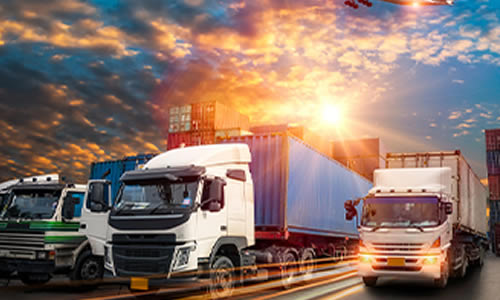
Top China Forwarder offers efficient pickup services across China. We ensure your goods are transported on time.
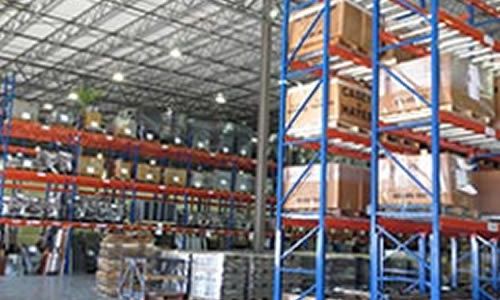
Our complimentary warehousing services ensure secure storage for your goods.
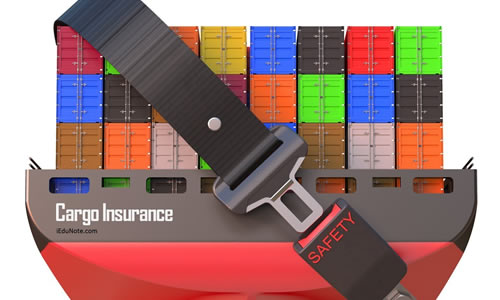
Protect your goods with our comprehensive cargo insurance. It covers shipments to any FBA Warehouse.
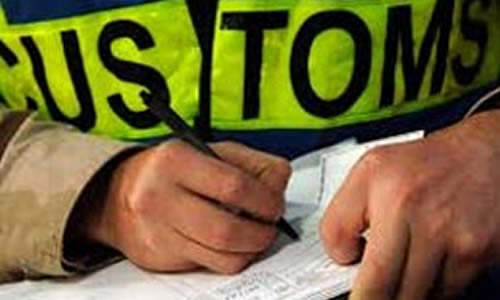
We handle all paperwork and details. This ensures smooth customs clearance for your shipments.
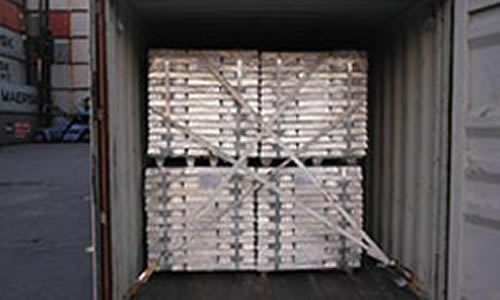
Top China Forwarder offers meticulous loading inspection services. We ensure safe packaging and loading at your supplier’s factory.
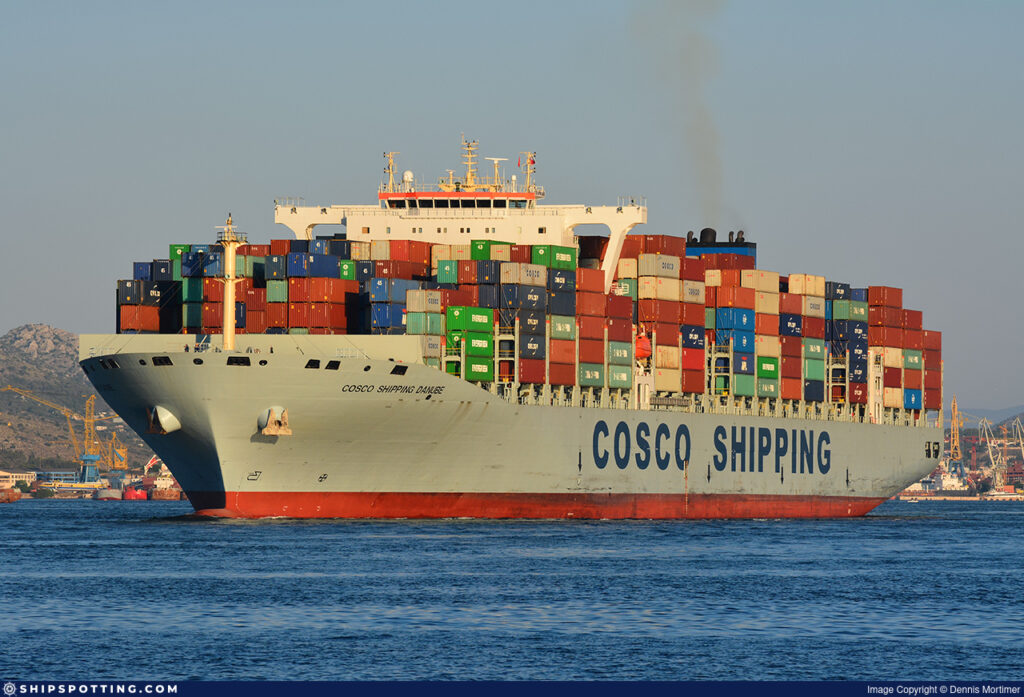
I am a lot of satisfied with crafted by Top China Forwarder. Each shipment was finished so rapidly with no single harm to the items. Likewise, their cargo rates were overly low, and they have an exceptional client care unit.
Operations deal with the way the vehicles are operated, and the procedures set for this purpose, and policies. In the transport industry, operat ions and ownership of infrastructure can be either country.
I chose Top China Forwarder as I had confidence that would would deliver a great service. From when I booked to when the car arrived everything was easy. I could keep updated on progress with the tracking device. It was quick, efficient and the contact I had to get documents for pick up was no fuss and professional. It was a great experience.